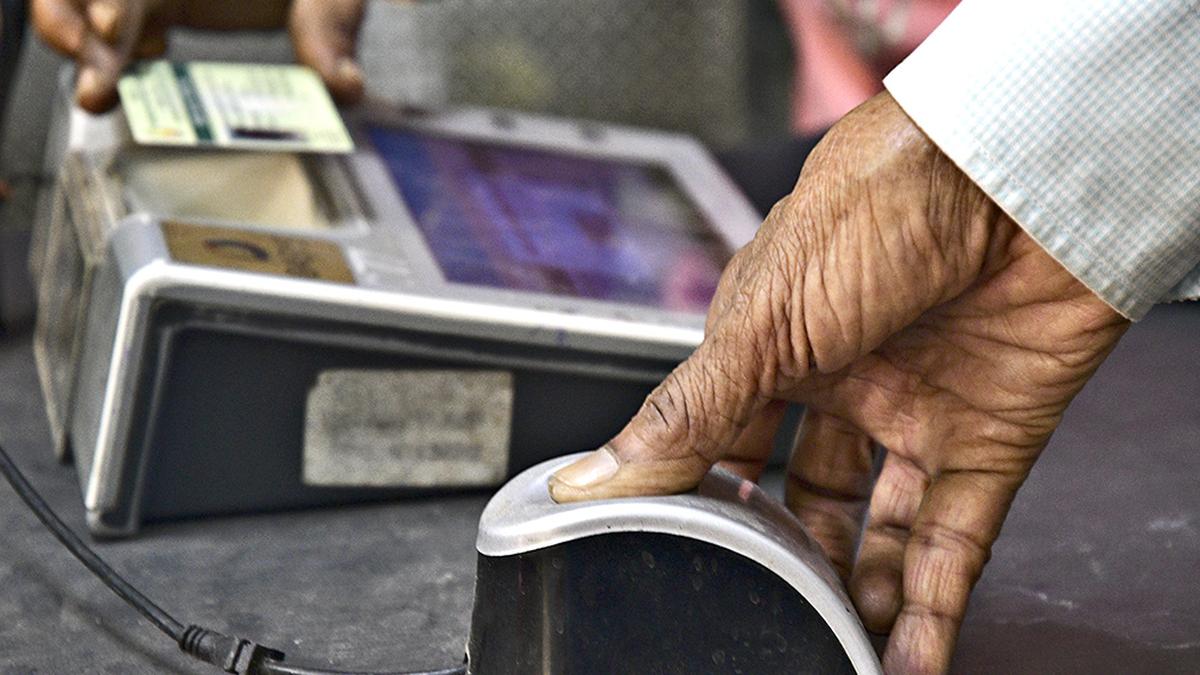



.jpg)
.jpg)
Disclaimer: Copyright infringement not intended.
Context
Introduction and Legislation
ALL ABOUT IBC: https://www.iasgyan.in/daily-current-affairs/insolvency-and-bankruptcy-code-ibc-2016
READ ALL ABOUT Pre-packaged Insolvency Resolution Process (PPIRP):https://www.iasgyan.in/daily-current-affairs/pre-pack-insolvency-resolution-option-for-msmes
Details
What is Insolvency?
Insolvency and Bankruptcy Code, 2016
Pre-packaged Insolvency Resolution Process (PPIRP)
Importance for MSMEs
Features of PPIRP
Informal Understanding and Process
|
KEY DIFFERENCES: CORPORATE INSOLVENCY RESOLUTION PROCESS (CIRP) AND PRE-PACKAGED INSOLVENCY PROCESS (PPIRP) Corporate Insolvency Resolution Process (CIRP) and Pre-Packaged Insolvency Process (PPIRP) are two important mechanisms available under the Indian Insolvency and Bankruptcy Code, 2016 (IBC) for the resolution of distressed companies. Key Comparison Objectives: The primary objective of CIRP is to resolve the insolvency of the corporate debtor and maximize the value of its assets for the benefit of all stakeholders. The process involves the appointment of an insolvency professional who takes over the management of the company and works towards a resolution plan that can be approved by the creditors and the National Company Law Tribunal (NCLT). On the other hand, PPIRP is a relatively new mechanism introduced in India in 2021, which aims to provide a faster and more efficient process for the resolution of distressed companies. The objective of PPIRP is to facilitate the restructuring of the company through a pre-packaged plan that is negotiated between the debtor and its creditors before the commencement of the insolvency process. The aim is to avoid the delay and uncertainty associated with the CIRP process and provide a quicker and more cost-effective solution for all parties involved. Procedure: Under CIRP, the process starts with the initiation of insolvency proceedings by the creditor, debtor, or any other interested party. The NCLT then appoints an insolvency professional who takes over the management of the company and invites resolution plans from potential buyers or investors. The resolution plan is then evaluated by the creditors and the NCLT, and if approved, the company is handed over to the successful bidder. In contrast, PPIRP involves the negotiation of a pre-packaged plan between the debtor and its creditors before the commencement of the insolvency process. The plan is then submitted to the NCLT for approval, and if accepted, the process moves forward with the implementation of the plan. Timelines: CIRP is a time-bound process with a maximum period of 330 days, including any extensions granted by the NCLT. This timeline includes the time taken for the appointment of the insolvency professional, the invitation of resolution plans, and the evaluation and approval of the plan. PPIRP, on the other hand, is expected to be a faster process, with a maximum timeline of 120 days for the submission and approval of the pre-packaged plan. Legal Provisions: CIRP is governed by Chapter II of the IBC, which outlines the procedure for the initiation of insolvency proceedings, the appointment of the insolvency professional, and the evaluation and approval of the resolution plan. Section 29A of the IBC imposes certain eligibility criteria for bidders, such as the requirement that they should not be willful defaulters or have a past history of fraud. PPIRP was introduced in India through an amendment to the IBC in 2021, which inserted a new Chapter III-A. This chapter provides for the submission and approval of pre-packaged plans and specifies the eligibility criteria for debtors and creditors who can initiate the process.
|
Concept of Pre-packaged Insolvency
Voluntary Initiation and Process
|
PRACTICE QUESTION Q. What do you understand by the Pre-packaged Insolvency Resolution Process (PPIRP)? Discuss its significance for Micro, Small, and Medium Enterprises (MSMEs) in India. How does PPIRP differ from the traditional Corporate Insolvency Resolution Process (CIRP) under the Insolvency and Bankruptcy Code (IBC), 2016? |
SOURCE: ECONOMIC TIMES



© 2025 iasgyan. All right reserved